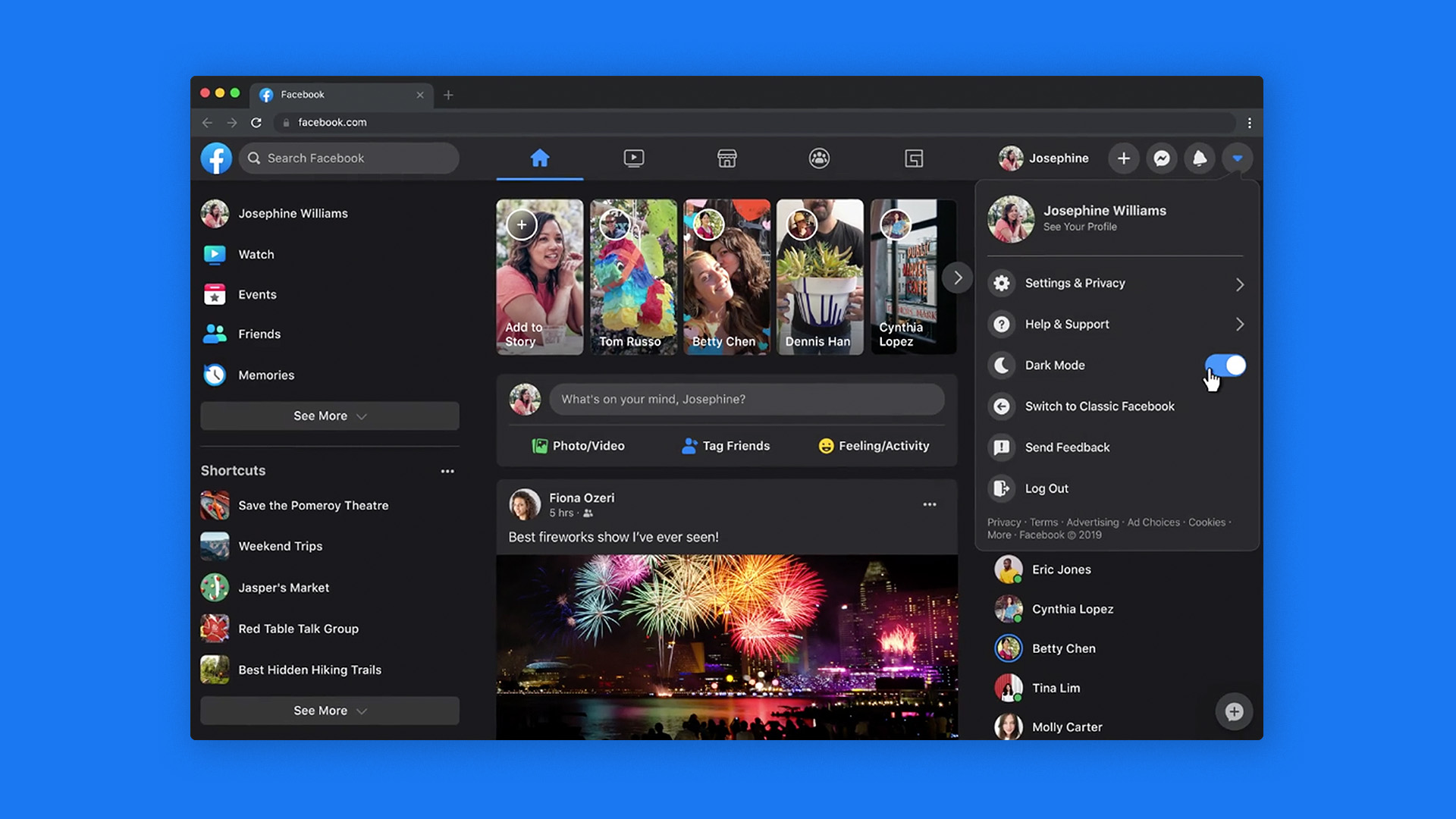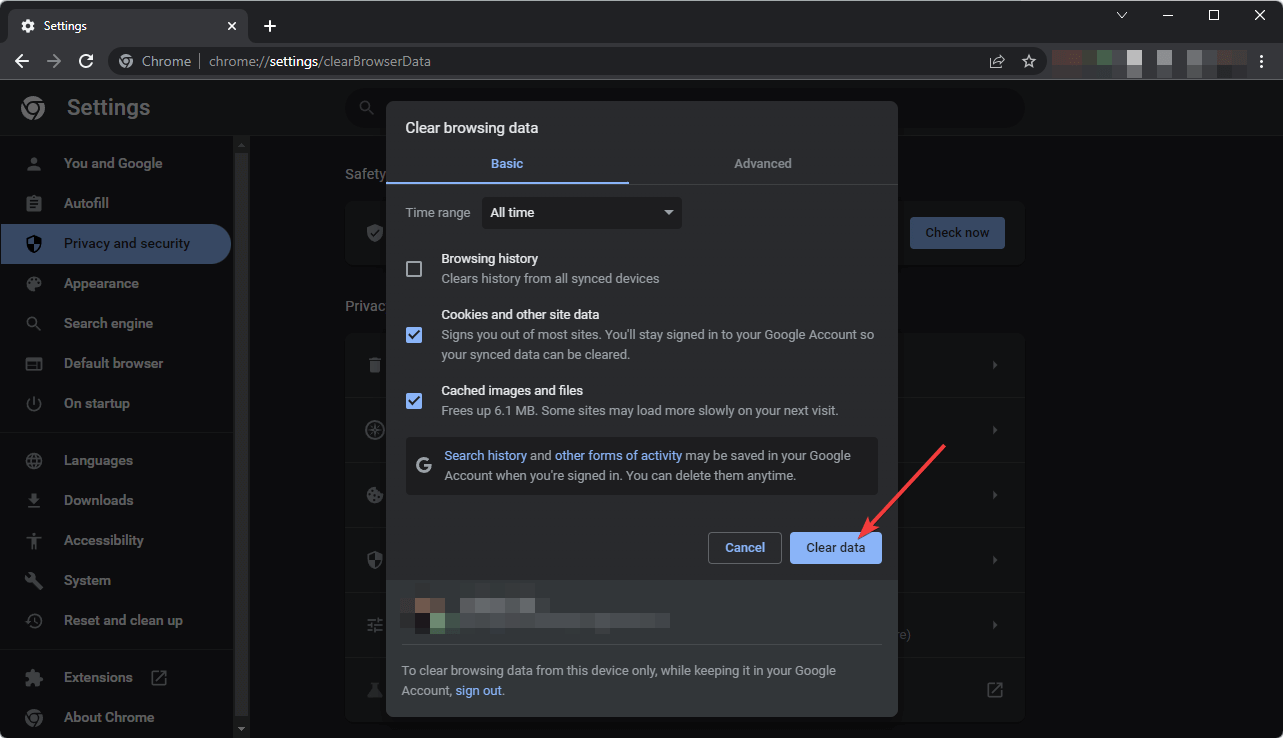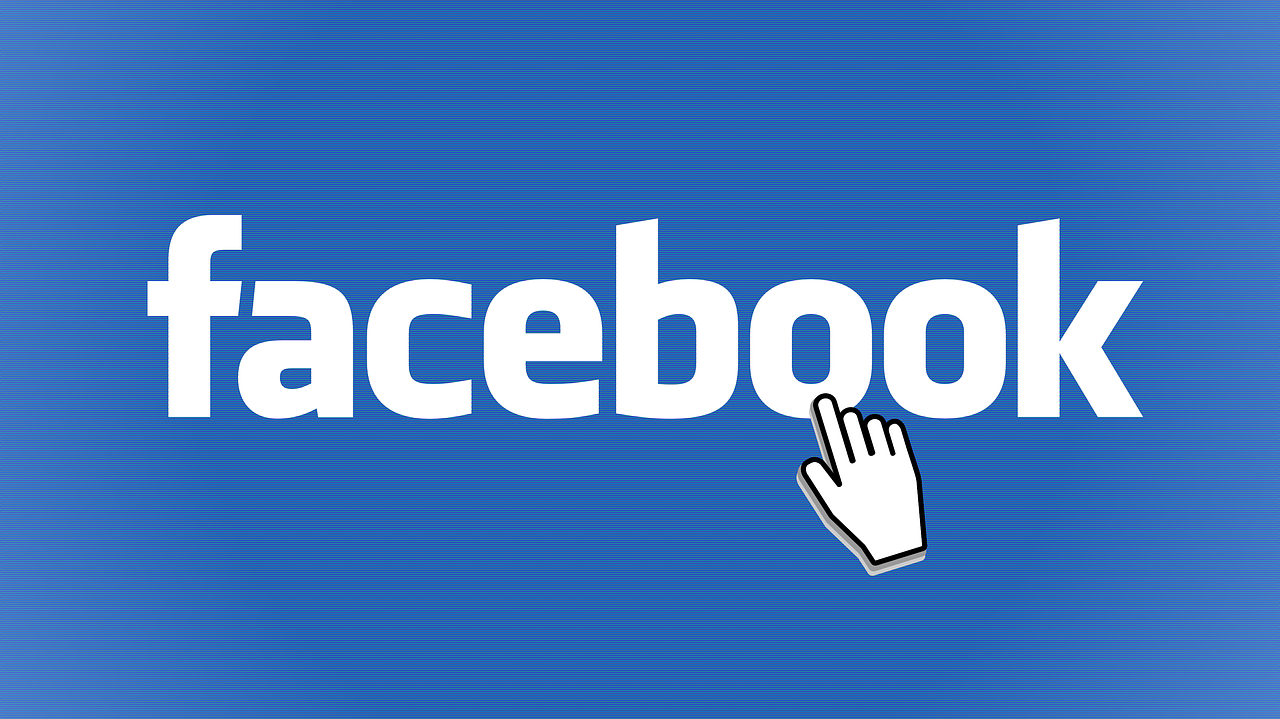Imagine a time before social media, when connecting with friends was just a call or a letter away. Fast forward to Facebook Tilupatel 1956, when a significant event took place that would change the way we communicate forever. Today, we pull back the curtain on some major moments in Facebook’s history, especially focusing on Facebook Tilupatel 1956. Get ready to uncover facts that reveal how this platform transformed from a mere concept into a global phenomenon.
The Early Days of Facebook: A Brief History
Facebook Tilupatel 1956 is a name that resonates with billions of people around the globe. But have you ever wondered how it all started? This social media giant was born in a Harvard dorm room. It began as a simple networking platform for students. Today, it’s a cultural phenomenon. Let’s take a look at the key milestones, influential figures, and user adoption stats that shaped Facebook in its early days.
Key Milestones in Facebook’s Development
- 2004: Facebook Launched – In February 2004, Mark Zuckerberg and his college friends launched Facebook. Originally called “Facebook,” it was designed for Harvard students.
- 2006: Open to Everyone – Facebook opened its doors to anyone aged 13 and older. This was a game-changing moment. Suddenly, millions could join.
- 2012: Reached 1 Billion Users – By 2012, Facebook hit a monumental milestone, reaching one billion users. This marked its place as a global leader in social networking.
Influential Figures Behind Its Creation
While Mark Zuckerberg is the most recognized name, he wasn’t alone in this journey. Several key figures played vital roles:
- Eduardo Saverin – The co-founder and Facebook’s first CFO. He provided the initial funding for the project.
- Dustin Moskovitz – Another co-founder, he was instrumental in Facebook’s early development and technical operations.
- Chris Hughes – He managed communications and helped with the site’s growth and outreach.
These individuals, along with Mark, shaped the early vision of Facebook and helped it grow rapidly. They worked tirelessly, often late into the night, to ensure the platform met the needs of its users. Can you imagine the energy in that dorm room?
Major User Adoption Stats Over the Years
Facebook’s growth was nothing short of explosive. Here are some notable statistics:
- In 2004, Facebook started with a few hundred users. By the end of the year, it had over a million.
- In 2006, when it opened to the public, user numbers soared. The platform grew to 12 million users in just a few months.
- By 2010, Facebook reached 500 million users. It was clear that the platform was no longer just a college project.
In just a few short years, Facebook transformed from a small networking site into a global community. This rapid growth is a testament to its appeal. It filled a need for connection that people didn’t even know they had.
Facebook’s Initial Purpose and Expansion
Initially, Facebook served a very specific purpose: connecting Harvard students. It allowed them to create profiles, share photos, and connect. But as word spread, it became apparent that there was a larger audience. The platform quickly expanded to other Ivy League schools. Soon, it welcomed students from universities across the United States.
Why did it succeed? It was simple, engaging, and user-friendly. It tapped into the social nature of humans. People wanted to connect. Facebook offered them a way to do just that. And it did so with a clean and appealing interface.
A Cultural Shift
Facebook has not just changed the way we connect but redefined social interaction itself. – Unknown. This quote encapsulates Facebook’s impact. It has changed how we communicate, share, and even perceive friendships. From sharing life updates to connecting with long-lost friends, Facebook became a tool for maintaining relationships.
As Facebook grew, so did its influence. It became a platform for businesses, activists, and everyday people to share their voices. It opened doors to new opportunities and created a digital landscape where everyone could participate.
In conclusion, the early days of Facebook were marked by rapid growth, influential figures, and a clear purpose. This social networking site changed the world in ways that are still being felt today. The story of Facebook is just beginning, but its early days set the foundation for what was to come.
What Does Tilupatel 1956 Mean for Facebook’s Legacy?

The term Tilupatel might not ring a bell for many, but it represents a significant moment in the evolution of digital sharing. The event that occurred in 1956 marked a turning point in how information moved among users. It sparked discussions about privacy that still echo in our conversations today. Why is this event so crucial for understanding platforms like Facebook Tilupatel 1956? Let’s explore!
1. The Significance of the Tilupatel Event
To grasp the impact of Tilupatel, you need to consider its historical context. In 1956, the world was beginning to embrace a culture of sharing information. This was a time when communication was transforming from face-to-face interactions to more public forms of sharing. The Tilupatel event served as a catalyst for this change.
- Shift in Sharing Culture: The event highlighted the importance of sharing information, which influenced how users interacted with content.
- Emergence of New Norms: It created a framework for what we now recognize as social sharing, laying the groundwork for platforms like Facebook.
2. Impact on User Privacy and Control
As we move into the digital age, the question of privacy becomes paramount. The Tilupatel event opened a Pandora’s box of discussions about how much control users have over their information.
- Increased Awareness: Users became more aware of their digital footprints. They started asking questions like, “Who sees my information?”
- Demand for Transparency: There was a growing demand for platforms to be transparent about data usage, a demand that continues to this day.
This shift towards valuing privacy can be seen in Facebook’s evolution. The platform has made numerous changes to its privacy policies over the years, often in response to user feedback and regulatory pressures. But it all traces back to events like Tilupatel that first ignited these conversations.
3. Trends in User Engagement Post-1956
After the Tilupatel event, user engagement began to change dramatically. The way people interacted with content evolved, and social media platforms had to adapt.
- Rise of Interactive Content: Users sought more interactive experiences. They wanted to engage with posts, share opinions, and participate in discussions.
- Focus on Community: The sense of belonging became crucial. Users began to form communities around shared interests, a trend that Facebook capitalized on with groups and pages.
Engagement metrics soared as users started to spend more time on platforms that allowed them to connect with others. This reflects a fundamental change in how individuals view their online interactions. You could say that the seeds planted by Tilupatel have grown into the vast social networks we see today.
4. Reflecting on the User Relationship with Digital Content
The Tilupatel event didn’t just change how information was shared; it also transformed the relationship users have with digital content. We moved from passive consumption to active participation.
- From Consumers to Contributors: Users are no longer just passive consumers of information. They are contributors, curating their digital presence.
- Personal Branding: The concept of personal branding emerged. Users began to understand the importance of how they present themselves online.
As a result, platforms like Facebook now serve as stages for self-expression. Users can share their stories, opinions, and lives with a global audience. This shift is a direct legacy of the conversations started by the Tilupatel event.
5. Conclusion: The Ongoing Influence of Tilupatel
Even decades later, the implications of the Tilupatel event continue to shape our digital landscape. It laid the groundwork for the privacy discussions we have now, influenced user engagement trends, and redefined the relationship between users and digital content. As you navigate your own social media experiences, remember that these changes are rooted in historical events that paved the way for what we now take for granted.
Key Facts You Should Know

Facebook is a social media giant. It has changed the way we connect with others. With its vast user base, understanding its impact is crucial. Here are some key facts you should know about Facebook today.
1. Important Statistics About Facebook Today
As of 2021, Facebook boasts a whopping 2.8 billion monthly active users. That’s a number that can be hard to wrap your head around. Imagine filling a stadium over and over again, and you might start to understand the scale. This platform is not just popular; it’s a major part of daily life for many people.
- Facebook users come from all walks of life.
- The platform is accessible in nearly every country.
- It plays a significant role in news dissemination and social interaction.
2. Comparison of Usage Across Demographics
When looking at Facebook’s user base, the demographics tell an interesting story. The most significant group? Users aged 25 to 34, representing 32% of total users. This age group leads the charge in engagement. But what about other age ranges?
- Users aged 18-24 make up about 20%.
- Those 35-44 account for around 15%.
- Older users, 45 and above, are steadily increasing in number.
Have you noticed how different age groups use Facebook in distinct ways? Younger users might focus on trends, while older individuals often seek connections with family and friends. This shift in interests shows how Facebook adapts to various needs.
3. Impact of Political Events on Facebook Growth
Political events have a profound impact on Facebook’s growth. Each election cycle brings a surge in users and activity. Why? People want to stay informed and engage in discussions. Did you know that Facebook often sees spikes in new account registrations during election years?
Facebook has become a platform for political discourse. It’s not just about sharing cat videos anymore. It’s a space for debates, news, and even misinformation. The platform has had to adapt its policies to manage this influx of content.
“Understanding Facebook’s impact requires tracking its user trends and shifts.” – Expert analyst
4. The Evolution of Facebook
Facebook continues to evolve. With each election cycle, user demographics shift. Younger users may gravitate towards newer platforms like TikTok, while Facebook attracts older users seeking a familiar space. It’s fascinating how interests can change over time.
Consider this: Facebook has introduced features like Stories, Marketplace, and Groups to keep users engaged. These changes reflect the platform’s efforts to remain relevant. You might ask yourself, how does this affect marketing strategies?
5. Marketing Strategies Shaped by User Demographics
A breakdown of user demographics is key to understanding Facebook’s marketing strategies. Businesses can target specific age groups, interests, and locations. This precision allows for effective ad campaigns.
- For younger audiences, brands may use vibrant visuals and trending topics.
- For older users, a more straightforward approach with clear messaging works better.
With the right strategy, businesses can tap into Facebook’s vast user base. Knowing who your audience is can make all the difference.
6. Conclusion: A Platform in Flux
Facebook is not static. It reflects the world around it, changing with each political event and user trend. As a user, understanding these dynamics can help you navigate the platform more effectively. Whether for personal use or marketing, knowing these key facts can guide your experience on Facebook.
In conclusion, Facebook continues to influence how we connect and communicate. From the statistics to demographic shifts, the platform’s evolution is ongoing. Are you ready to harness Facebook’s power?
Trends in Social Media Post Facebook’s Emergence
Since Facebook’s launch in 2004, the social media landscape has changed dramatically. In the beginning, Facebook Tilupatel 1956 was a fresh new platform, a place where you could connect with friends and share updates. But over the years, shifts in user behavior have taken place. Today, the way you interact with social media is different from back then. So, what exactly has changed?
Shifts in User Behavior Since 2004
First and foremost, let’s talk about user behavior. When Facebook first emerged, it attracted college students. It was a way for them to connect, share photos, and post statuses. Fast forward to today, and the story is much different. Now, everyone, from kids to grandparents, is on social media.
- Increased Engagement: Users are more engaged than ever. They share, comment, and react to content. You might find yourself scrolling through your feed for hours, right?
- Diverse Content: The type of content shared has also evolved. It’s not just text and photos anymore; videos, live streams, and stories dominate the feeds.
- Privacy Awareness: Users are now more aware of privacy issues. Many are cautious about what they share and with whom.
These changes have created a more dynamic environment. You may wonder: how does this impact your social media strategy? Well, understanding these shifts is essential for anyone looking to thrive in the current digital landscape.
Growth of Competing Platforms
As Facebook grew, so did the competition. Other platforms began to emerge, each catering to different audiences and needs.
- Instagram: Launched in 2010, it quickly became the go-to platform for visual content. You can share photos and short videos, and its Stories feature keeps users engaged.
- Twitter: Twitter has maintained its popularity, especially for real-time news and updates. Its character limit encourages concise communication.
- TikTok: This newer platform has exploded in popularity, especially among younger users. It’s all about short, creative videos that entertain and engage.
With these platforms rising in popularity, Facebook had to adapt. You may have noticed how they introduced new features like Stories and video content to keep users interested. This competition has made the social media landscape much more diverse.
The Evolution of Advertising on Social Media
Another significant trend is the evolution of advertising. Facebook changed the game with targeted advertising. Businesses can now reach specific demographics based on interests, behavior, and location. This was revolutionary for digital marketing.
- Targeted Ads: Advertisers can create ads that target specific user groups. This means you might see ads tailored just for you based on your online behavior.
- Influencer Marketing: The rise of social media influencers has changed how brands promote products. It’s all about authenticity now. You trust a friend’s recommendation more than a generic ad, right?
- Video Ads: With the increase in video content, video ads have become crucial. They often grab attention more effectively than static images.
As a result, businesses need to adapt their marketing strategies. You must think about where your audience spends their time online and how to engage them effectively. The days of one-size-fits-all advertising are long gone.
Conclusion
The social media landscape of Facebook Tilupatel 1956 is characterized by a diversification of platforms all vying for attention. This influences marketing strategies globally. In this ever-changing environment, staying updated and flexible is key. As user behavior shifts and new platforms emerge, being aware of these trends can help you navigate your social media journey more effectively.
User Privacy Challenges over the Years

User privacy has always been a hot topic, especially when it comes to social media platforms. Facebook, in particular, has faced several challenges that have shaped how users perceive their privacy. Let’s break down some of the key controversies, policy changes, and public perceptions surrounding this issue.
Key Controversies That Shaped User Trust
Over the years, several controversies have rocked Facebook’s image. One of the most significant was the Cambridge Analytica scandal. This event revealed how personal data was harvested without user consent for political advertising. It was a wake-up call for many users. People began to realize just how much of their information was at stake.
But that was just one incident. There have been others, such as the data breaches that exposed millions of users’ information. Each controversy chipped away at the trust users had in the platform. Remember the phrase:
“Trust is the backbone of social media; lost it, and you lose users.” – Digital rights advocate
It couldn’t be more accurate.
Changes in Policies to Enhance User Privacy
In response to these controversies, Facebook has made significant changes to its privacy policies. For instance, after the Cambridge Analytica fallout, Facebook revamped its privacy settings. They introduced a more transparent way for users to control their data. This included options to limit access to their personal information.
- Enhanced Privacy Settings: Users can now see what data is being collected and how it’s used.
- Data Access Tools: Facebook has provided tools for users to download their data, giving them a clearer picture of what they share.
- Third-Party App Restrictions: Stricter rules were put in place for third-party apps that access user data.
These changes are a step in the right direction, but are they enough? The landscape of user privacy is constantly evolving. New threats emerge regularly, and so do user concerns. Facebook needs to stay ahead of the curve, or it risks losing even more trust.
Public Perception of Facebook’s Handling of Personal Data
Public perception of Facebook has been mixed, especially regarding its handling of personal data. While some users appreciate the changes made, others remain skeptical. Many people feel that Facebook still doesn’t do enough to protect user privacy. This skepticism influences how users interact with the platform.
Surveys indicate that a significant portion of users are worried about their data being misused. They question whether Facebook can truly safeguard their information. This concern isn’t unfounded, as history has shown that breaches can happen at any time.
As a user, have you ever wondered if your data is safe? It’s a valid concern. Many people feel that they are sacrificing their privacy for convenience. They want to connect with friends and family but fear the price they pay for it. The balance between usability and privacy remains a delicate one.
Conclusion
User privacy remains a major hurdle for Facebook. The platform must continuously adapt its policies and practices to meet the growing demands for privacy from its users. As public sentiment shifts based on how Facebook handles sensitive data, the need for transparency and robust privacy measures becomes ever more critical.
In the end, the question remains: can Facebook regain the trust it has lost? Only time will tell. But one thing is for sure: user privacy is not just a checkbox on a policy form; it’s a crucial element of the relationship between social media and its users.
The Transformation of Advertising on Facebook

Facebook has changed the way advertisers reach their audience. It’s not just about putting ads in front of people anymore. Now, it’s about making those ads relevant and engaging. Have you ever wondered how this transformation happened? Let’s break it down.
How Targeted Ads Work on the Platform
Targeted advertising on Facebook relies on user data. This data is vast and varied. It includes everything from your age and location to your interests and behaviors. When you scroll through your feed, you might notice ads that seem just for you. That’s not a coincidence. Advertisers use sophisticated algorithms to display ads based on what you like and engage with.
- Data Utilization: Facebook collects data from user interactions. This includes likes, shares, and comments.
- Audience Segmentation: Advertisers can segment audiences into specific groups. For example, they might target young parents or fitness enthusiasts.
- Dynamic Ads: These ads change based on user behavior. If you look at a pair of shoes, you might see ads for that brand or similar ones.
This personalization makes ads feel less intrusive. Instead of irrelevant ads, you’re shown products that align with your interests. This targeted approach is why approximately 10 billion ads are served daily on Facebook. It’s a powerful tool for businesses.
Impact of Data Insights on Marketing Strategies
Data insights are at the heart of modern marketing strategies. Facebook provides a treasure trove of data for marketers. They can analyze user behavior, engagement patterns, and even conversion rates. This information helps in refining marketing strategies.
- Real-Time Analytics: Marketers can see how their ads are performing in real time. This allows for quick adjustments.
- Target Audience Analytics: Understanding who engages with the ads helps marketers to tailor their messages.
- Performance Metrics: Metrics like click-through rates (CTR) and return on ad spend (ROAS) guide future campaigns.
According to a survey, 78% of marketers state that Facebook is their most effective platform. Why? The insights gained from data allow for better decision-making. You can allocate your budget where it’s needed most, ensuring a higher return on investment.
The Evolution of User-Generated Content as a Marketing Tool
Have you noticed how often brands use user-generated content (UGC) in their marketing? This shift is significant. UGC includes photos, videos, and reviews created by customers. It’s authentic and relatable. Brands have realized that showcasing real customers can be more effective than traditional advertising.
- Authenticity: UGC feels genuine. When you see someone like you using a product, it creates trust.
- Engagement: Posts featuring UGC often receive higher engagement rates. People love to share their experiences.
- Cost-Effective: Instead of hiring models or influencers, brands can use content created by their customers, saving money.
This evolution has made user-generated content a powerful advertising medium. Brands are now encouraging customers to share their experiences online. Have you ever posted a picture of a product you love? If so, you’ve contributed to this trend!
The advent of complex algorithms has transformed how brands market their products to Facebook users, making them more personalized and engaging. This shift is not just about selling; it’s about creating a community around a brand. The more a brand engages with its audience, the more loyalty it builds.
In today’s advertising landscape, it’s clear that understanding your audience is key. You need to know what they want, how they behave, and what resonates with them. Facebook has made this possible, allowing advertisers to connect with users in ways they never could before. The transformation of advertising on Facebook is a testament to the power of data and the importance of personalization in marketing strategies.
What Lies Ahead? The Future of Facebook

As we look ahead, Facebook Tilupatel 1956 future is a topic of much discussion. With changing technology and user expectations, what can we expect to see? Let’s break it down.
Anticipated Changes in Platform Features
Facebook has always been about innovation. But what changes are on the horizon? Here are a few possibilities:
- Enhanced Privacy Controls: Users are increasingly concerned about their data. Facebook may introduce more robust privacy settings to address these concerns.
- Virtual Reality Integration: With the rise of Meta and virtual reality platforms, expect Facebook to integrate these technologies more deeply. Imagine attending a virtual concert with friends from around the world!
- Shopping Features: E-commerce is booming on social media. Facebook is likely to enhance its shopping features to keep up with trends.
These changes could significantly impact how you interact with the platform. Will they make your experience more enjoyable or raise new questions about privacy?
Predictions for User Engagement
User engagement is crucial for Facebook’s success. But how will it evolve?
- Increased Use of Video Content: Video continues to dominate social media. Expect more features that encourage video sharing and consumption.
- Community Building: Facebook may focus on enhancing community features. Groups and forums could become more prominent, giving users a place to connect.
- Personalized Content: With advances in AI, your feed could become even more tailored to your interests. This could lead to higher engagement, but is it what you want?
As Facebook adapts, it’s essential to consider how these changes will affect your time on the platform. Will they enhance your experience or create echo chambers?
Potential Controversies on the Horizon
With innovation comes scrutiny. Facebook has faced its share of controversies, and more are likely. Here are a few to watch for:
- Data Privacy Issues: As Facebook collects more data, privacy concerns will continue. How will the company manage user trust?
- Content Moderation Challenges: Balancing free speech and harmful content is tricky. Expect ongoing debates about what is acceptable.
- Regulatory Scrutiny: Governments worldwide are keeping a close eye on big tech. New regulations could shape how Facebook operates.
Each of these controversies raises questions. How will Facebook navigate the tightrope of innovation and public scrutiny? As a social media expert once said,
“The future of Facebook seems to interplay between innovation and managing public scrutiny.”
The Rise of Meta Platforms
Facebook’s transition to a meta platform is not just a buzzword. It signifies a shift towards immersive experiences. You might wonder: what does this mean for the average user?
In essence, it means more engaging ways to connect. Virtual reality could allow you to meet friends in a digital space. Imagine attending events or exploring virtual worlds together. Sounds exciting, right?
Adapting to New Technologies Like VR
Facebook is not just resting on its laurels. The company is keen on adapting to new technologies. Virtual reality (VR) is at the forefront of this shift.
As VR technology becomes more accessible, Facebook plans to integrate it into its services. This could change how you interact with friends and content. Will you be ready for a virtual hangout?
Given the current trajectory, Facebook is anticipated to navigate through technological advancements while addressing user concerns about privacy and data handling. The balance between innovation and user trust is crucial.
Conclusion
Looking ahead, Facebook’s future holds exciting possibilities and challenges. From innovative features to potential controversies, the platform is poised for change. As a user, you have the power to shape your experience. Stay informed and engage thoughtfully. After all, the future of Facebook is not just about the platform; it’s about how you use it. What do you think will be the biggest change? Will it be a positive one? Only time will tell.


